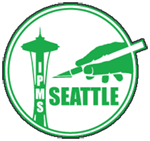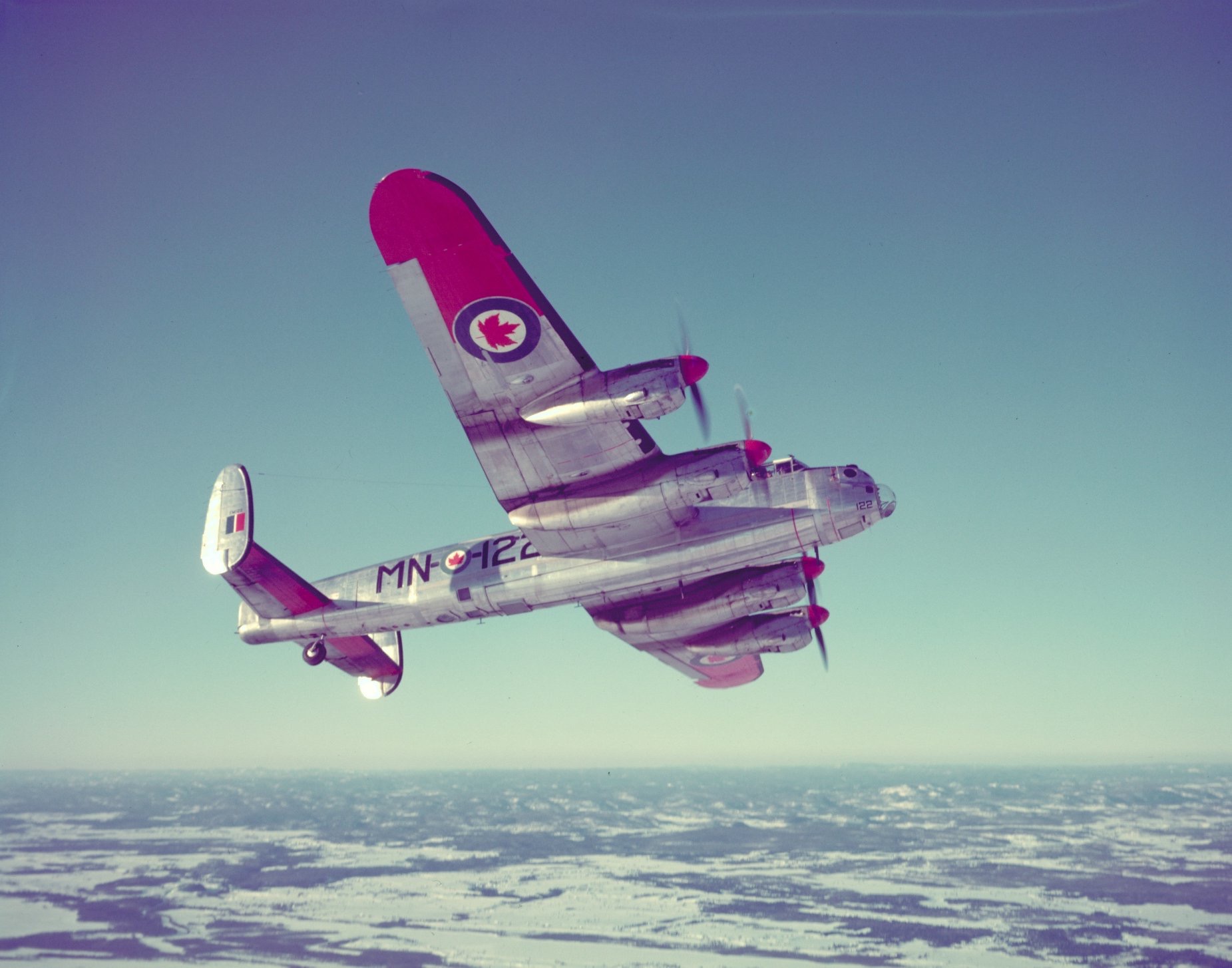Eric Christianson asked this question:
Hi All –
I have been looking at images of (Avro) Lancaster’s, and I noticed that there is no sign of de-icing boots on the leading edges of the wings. Anyone know why? Did the British paint them? Or is the Lancaster somehow blessed by the icing gods?
Thanks!
Eric
REPLIES:
<Tim Nelson>
Hi Eric,
I believe that is correct. Crews had to apply a deicing paste prior to missions.
Cheers,
Tim
<Robert Allen>
That is correct. The propellers were provided with slinger rings for de-icing (don’t ask me what a slinger ring is), and the crew could spray de-icing fluid on the windscreen and bomb aimer’s window, but there were no de-icing boots. A de-icing fluid called Kilrost (which is still in business) was applied by ground crews to the wing leading edges if needed.
Jim Bates:
Also, many Lancs during the war had balloon cutters on the leading edge of the wing.
A sling ring was a essentially a channel (similar to gutters in shape but formed into a ring) that de-icing fluid could be dumped in to. there would be holes inboard of each prop blade and the centrifugal force would hold any liquid dumped into the channel inside until it hit the holes and the same force would then sling the fluid out over the blades.
At least, that’s what I remember from Airframe & powerplant school back in the mid ’90s…..


As Robert noted, the Kilfrost company still exists, and is one of several making commercial deicing fluids. On modern jets, the wing and engine cowl leading edges have thermal anti-ice (electric wing anti-ice for 787); that is highly effective to prevent or remove inflight accretion but does nothing for on-ground accumulation on horizontal surfaces. Hence deicing fluids are sprayed on these areas prior to takeoff in icing conditions. The fluids have an approved “holdover” time, measured in minutes, during which they are effective; if you don’t take off during this period you have to go back for more deicing. I would think the Lancaster approach would lead to enroute icing due to this rapid dissipation of effectiveness, but obviously they lived with it (except the post-war Canadians).
Cheers,
Tim